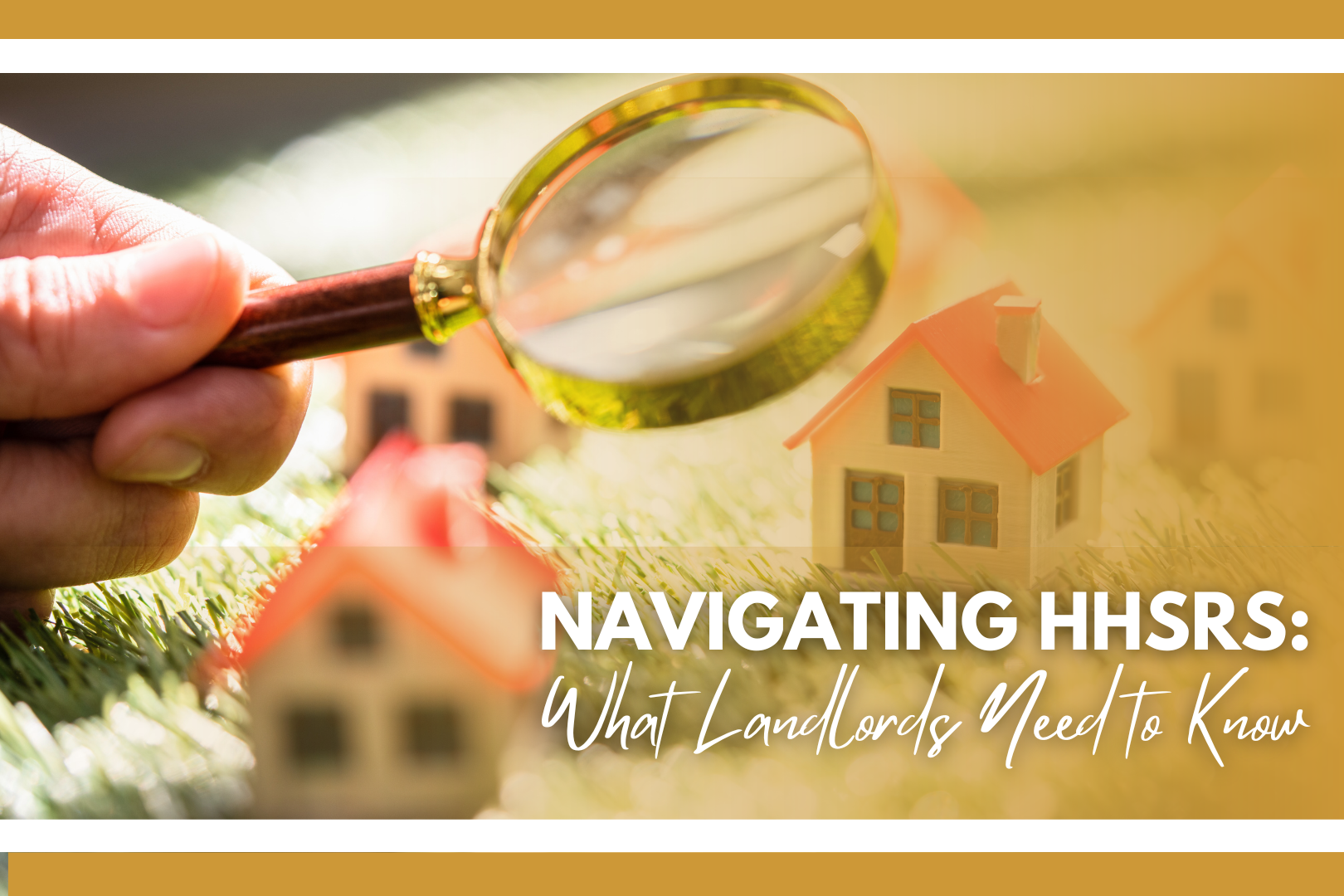Dive into the Latest Changes and Stay a Step Ahead
In the fast-paced world of property management, staying informed and adapting to regulatory changes is crucial. Recently, I stumbled upon an insightful blog post that delves deep into the latest developments surrounding the Housing Health and Safety Rating System (HHSRS). As responsible landlords, it’s essential for us to have a comprehensive understanding of these changes to ensure the safety and well-being of our tenants. In this blog post, we’ll explore the HHSRS in a nutshell and delve into the significant changes on the horizon.
HHSRS in a Nutshell
Firstly, for those who may not be familiar with HHSRS, let’s break it down. The Housing Health and Safety Rating System is a risk-based evaluation tool designed to identify and protect against potential risks and hazards to health and safety in residential properties. In other words, it’s a framework that helps us assess the safety of our properties and ensure they meet the required standards.
For landlords, the HHSRS is not just another piece of bureaucracy, it’s a vital tool to ensure the well-being of our tenants and maintain the quality of our properties. Understanding its principles and changes is paramount.
The Changes
The original HHSRS was introduced in 2004, and over the years, there have been ongoing discussions about improving its effectiveness. The overarching goal of these changes is to simplify the system and make it more understandable for everyone involved, including landlords, tenants, and enforcement authorities.
Here are some key highlights from the anticipated changes:
1. A Possible Reduction in the Number of Hazards Covered: There’s talk of streamlining the HHSRS by potentially reducing the number of hazards it covers. This shift aims to focus on the most critical risks to health and safety, ensuring that assessments are more targeted and meaningful.
2. A Push for More Detailed Guidance and Clear Criteria on Assessments: To enhance transparency and consistency in assessments, there’s a strong push for providing more detailed guidance and establishing clear criteria for conducting assessments. This should make it easier for landlords to understand what’s expected and ensure compliance.
3. Digitalization of the Entire Assessment Process: In line with the technological advancements of the 21st century, the HHSRS assessment process is set to go digital. This shift towards digitalization promises increased accessibility and efficiency for all parties involved. It’s a positive step towards modernizing an essential aspect of property management.
Stay Ahead of the Curve
Staying informed about these impending changes is not only crucial for compliance but also for ensuring the best possible living conditions for our tenants and the continued success of our property investments. The evolving landscape of property regulations requires us to be proactive and adaptable.
If you’re keen to dive deeper into the subject and explore the proposed changes in detail, I highly recommend reading the full article by Goodlord. You can find it here. This comprehensive resource provides valuable insights into the implications of the HHSRS updates for landlords like us.
In conclusion, as landlords, we must embrace change and stay well-informed about regulatory updates like those in the HHSRS. It’s through articles and insights like the one mentioned that we can equip ourselves to navigate the ever-evolving landscape of property management. I’m eager to hear your thoughts on this and how you’re preparing for the HHSRS updates.
PS. Stay informed, stay awesome, and until next time!




